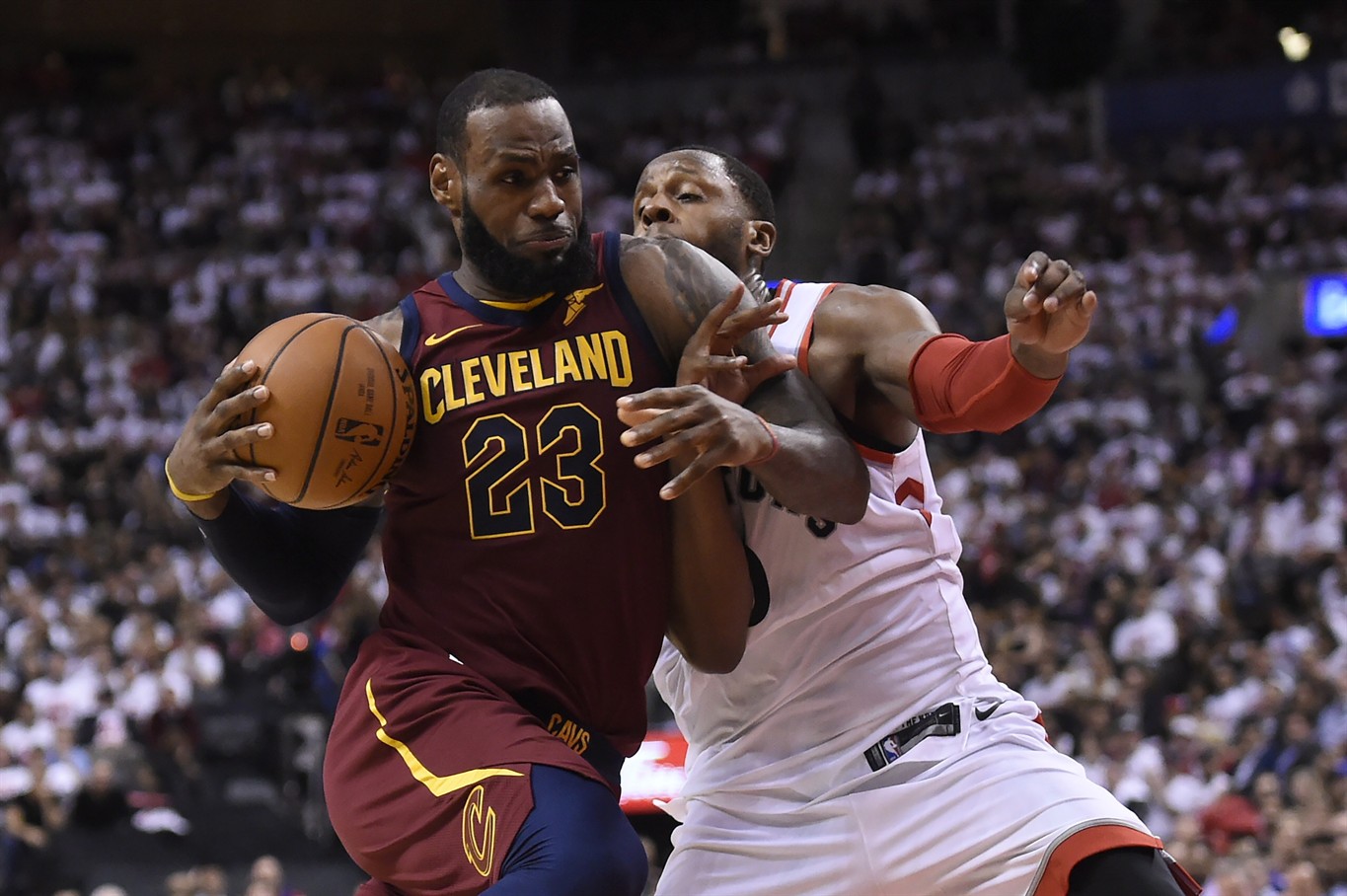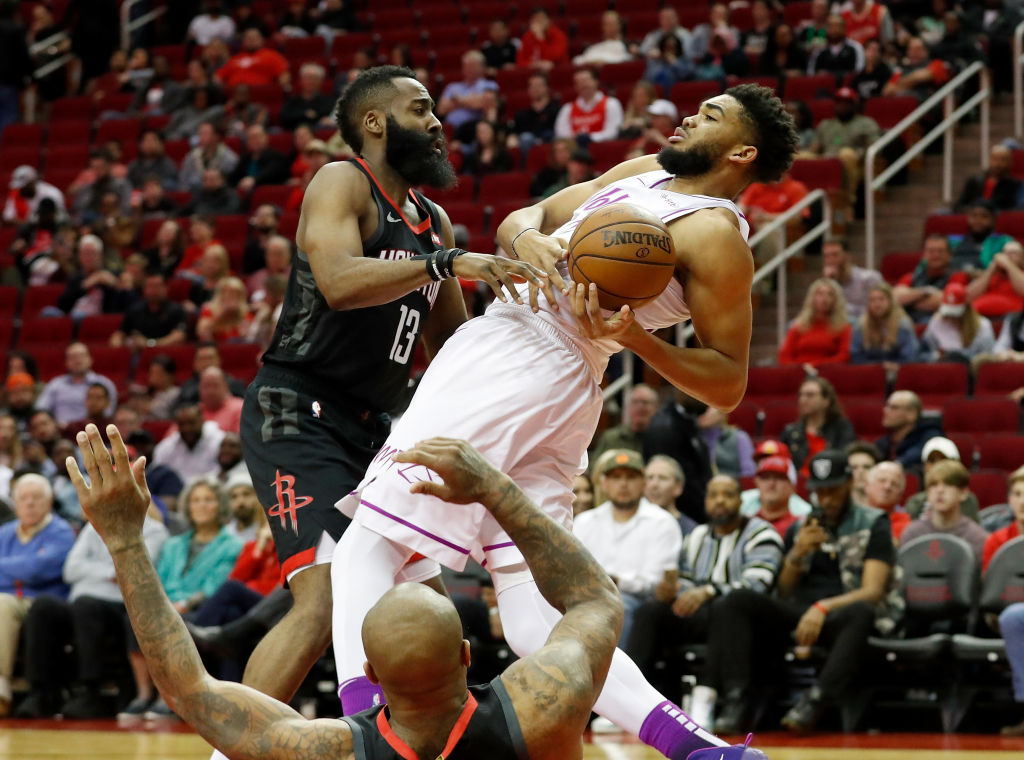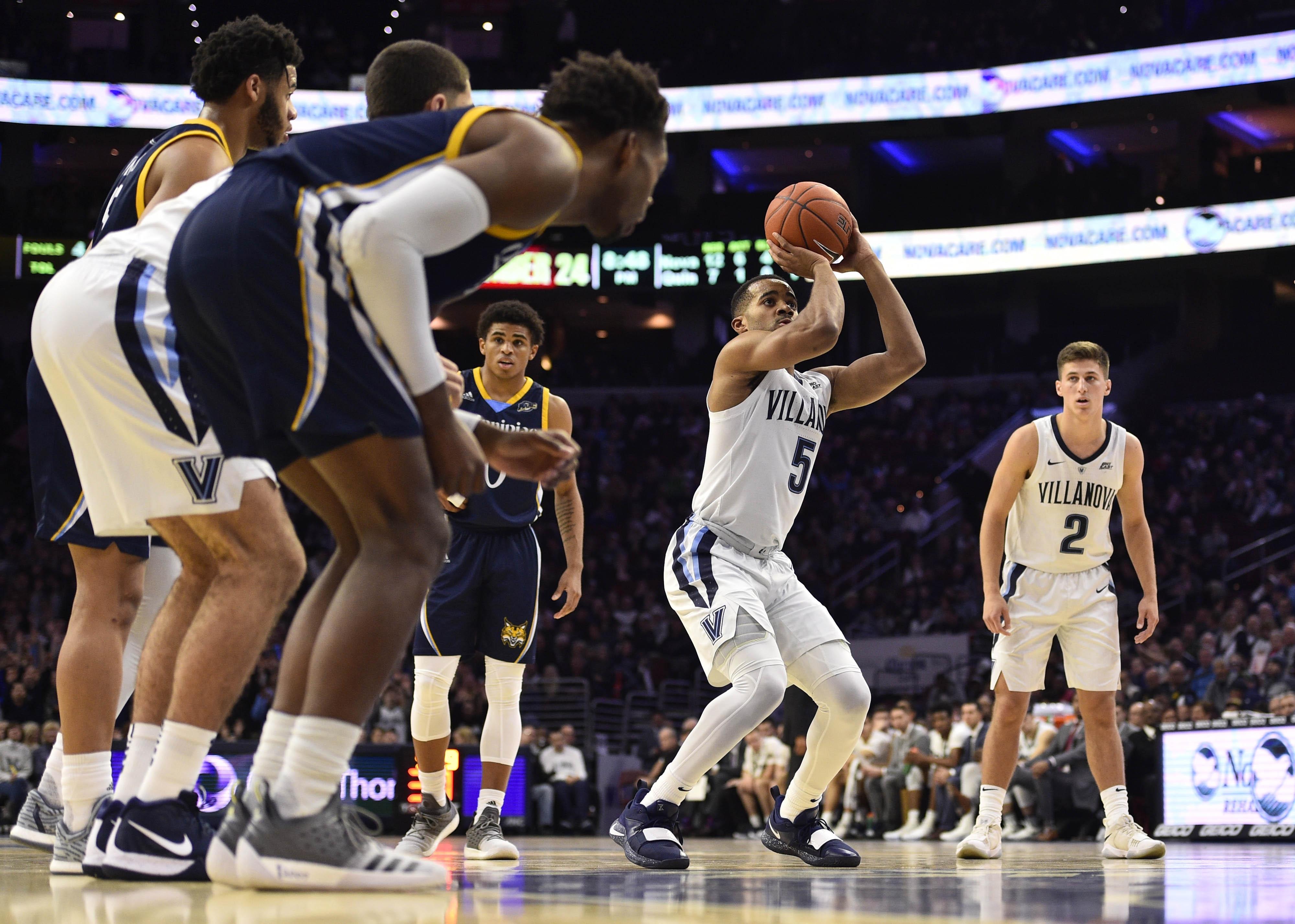Initially, the rules of the game of basketball were formulated by the American James Naismith and consisted of only 13 points. Basketball changed over time, and the rules required changes. The first international rules of the game were adopted in 1932 at the first FIBA Congress, after which they were repeatedly adjusted and changed, the last significant changes were made in 1998 and 2004. Since 2004, the rules of the game remain unchanged. The rules of the game are slightly different in the NBA and the championships held under the auspices of FIBA (World Championships, Olympic Games, Championships of the continents, international and national championships of European clubs)
Two teams play basketball, usually twelve people, from each of which five players are simultaneously present on the court. The goal of each team in basketball is to throw the ball into the opponent’s basket and prevent the other team from taking possession of the ball and throw it into the basket of their team.
The ball is played only with hands. Running with the ball without hitting it on the floor, deliberately kicking it, blocking with any part of the leg or kicking it with the fist is a violation. Accidental contact or touching the ball with the foot or foot is not a violation.
The winner in basketball is the team that scored the most points at the end of the playing time. If the score is equal, at the end of the main time of the match, an overtime is assigned (usually five minutes of extra time), if, at the end of the match, the score is equal, a second, third, etc. overtime is assigned until the winner of the match is determined .
For one hit of the ball in the ring a different number of points can be counted:
-1 point - for every exact shot from the free-kick line
-2 points - a throw from an average or close range (closer than the three-point line)
-3 points - throw due to a three-point line at a distance of 6m 75cm (7 meters at the National Basketball Association)
The game officially begins with a controversial shot in the center circle when the ball is correctly hit by one of the contending players. The match consists of four periods of ten minutes (twelve minutes at the National Basketball Association) with breaks of two minutes. The break between the second and third quarters of the game is fifteen minutes. After a long break, teams must exchange baskets.
The game can be played on an open area and in a hall with a height of at least 7 m. The size of the field is 28x15 m. The shield is 180x105 cm in size from the rack. From the bottom edge of the shield to the floor or ground should be 275 cm. The basket is a metal ring, covered with a mesh without a bottom. It is mounted at a distance of 0.31 m from the lower edge of the shield. The circumference of the ball for playing basketball is 75-80 cm, the mass is 600-650 g.
Violations
-out - the ball goes out of the playing area;
- jogging - the player who controls the “live” ball moves his legs in excess of the restrictions established by the rules
Violation of the ball, including the ball, double dribble;
- three seconds - the attacking player is in the free throw area for more than three seconds while his team has the ball in the attacking area;
- eight seconds - the team that owns the ball from the defense zone did not take it to the attack zone in eight seconds;
-24 seconds - the team owned the ball for more than 24 seconds and did not make an accurate shot on the ring. The team gains the right to a new 24 second possession if the ball thrown on the ring touches the bow of the ring or the shield, as well as in the event of a foul by the defending team.
- tightly guarded player - the player holds the ball for more than five seconds, while the opponent takes care of him;
- violations of the return of the ball to the defense zone - the team that owns the ball in the attack zone transferred it to the defense zone.
Fouls
Foul is a non-compliance caused by personal contact or unsportsmanlike conduct. Kinds of fouls:
-personal;
-technical;
non-sports;
disqualifying.
A player who receives 5 fouls (6 fouls in the NBA) in a match must leave the playing field and cannot take part in the match (but he is allowed to stay on the bench). A player who receives a disqualifying foul must leave the venue (the player is not allowed to remain on the bench).
A coach is disqualified if:
-he will commit 2 technical fouls;
-the team official or substitute will commit 3 technical fouls;
-the coach will commit 1 technical foul and the team official or substitute will commit 2 technical fouls.
Each foul is counted as a team foul, with the exception of a technical foul received by the coach, team official or player on the bench.
Personal foul - a foul due to personal contact.
Punishment:
If the foul is committed on a player who is not in the act of shooting, then:
- if the team did not score 5 team fouls or a foul was committed by a player whose team owned the ball, then the injured team makes a throw-in;
-otherwise, the injured player carries out 2 penalties;
If a foul is committed on a player in the act of shooting, then:
-if the throw was successful, it counts, and the injured player completes 1 free kick;
- if the throw was unsuccessful, then the injured player performs as many free throws as the points the team would have earned had the shot been successful.
Unsportsmanlike foul - a foul committed as a result of contact in which the player did not try to play the ball as part of the rules.
Punishment:
If a foul is committed on a player in the act of shooting, then they do the same as in the case of a personal foul. If the foul is committed on a player who is not in the act of shooting, the injured player will make 2 throws. After completing free throws, the injured team will throw the ball in from the outside of the court on the continuation of the center line. The exception is fouls committed before the start of the first period. In this case, after free throws, a controversial throw is drawn (as in the case of a normal start of the game). If a player commits 2 unsportsmanlike fouls during one match, he must be disqualified.
Disqualifying foul is a foul due to flagrant unsportsmanlike conduct. A player, substitute, coach or team official may receive a disqualifying foul.
Punishment:
The number of penalties and the throw-in after them are assigned similarly to an unsportsmanlike foul.
Technical foul - a foul not caused by contact with an opponent. This may be disrespect for the referees, the opponent, delayed play, procedural violations.
Punishment:
Any player of a team that has not violated the rules breaks 2 free throws. After completing the rolls, a throw is made similar to an unsportsmanlike foul.



